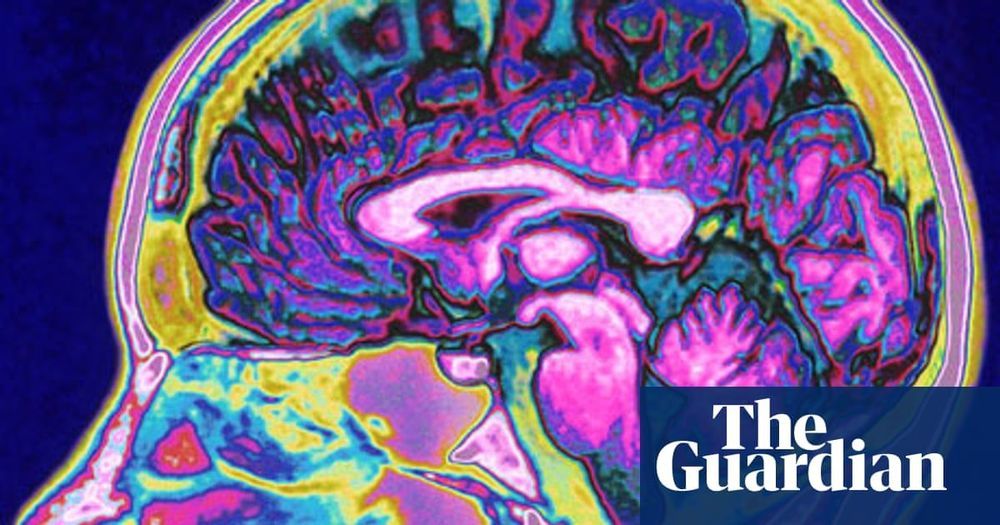Supplementing with D-ribose reduces symptoms of heart failure by improving cardiac function. A multi-pronged approach to managing heart failure is described.



There are certain enzymes — proteins — plaques that help cause Alzheimer’s, just recently in fact {which I as most could have told them} the gut microbes and mouth microbes are found to assist in Dementia and Alzheimers. But I and Hippocrates as others have been declaring that fact for quite some time… Respect AEWR wherein the amazing gathered data of mankind has yielded the many causes and a cure for aging…
For decades, research into Alzheimer’s has made slow progress, but now a mother and daughter team think they have finally found a solution – a vaccine that could inoculate potential sufferers.

Researchers at MIT have developed a system for converting the molecular structures of proteins, the basic building blocks of all living beings, into audible sound that resembles musical passages. Then, reversing the process, they can introduce some variations into the music and convert it back into new proteins never before seen in nature. Credit: Zhao Qin and Francisco Martin-Martinez.
Want to create a brand new type of protein that might have useful properties? No problem. Just hum a few bars.
In a surprising marriage of science and art, researchers at MIT have developed a system for converting the molecular structures of proteins, the basic building blocks of all living beings, into audible sound that resembles musical passages. Then, reversing the process, they can introduce some variations into the music and convert it back into new proteins never before seen in nature.
Although it’s not quite as simple as humming a new protein into existence, the new system comes close. It provides a systematic way of translating a protein’s sequence of amino acids into a musical sequence, using the physical properties of the molecules to determine the sounds. Although the sounds are transposed in order to bring them within the audible range for humans, the tones and their relationships are based on the actual vibrational frequencies of each amino acid molecule itself, computed using theories from quantum chemistry.



In one of the biggest breakthroughs in recent history, scientists have created a synthetic genome that can self-replicate. So what does this mean? Are we about to become gray goo?
Led by Craig Venter of the J. Craig Venter Institute (JCVI), the team of scientists combined two existing techniques to transplant synthetic DNA into a bacteria. First they chemically synthesized a bacterial genome, then they used well-known nuclear transfer techniques (used in IVF) to transplant the genome into a bacteria. And apparently the bacteria replicated itself, too, thus creating a second generation of the synthetic DNA. The process is being hailed as revolutionary.

